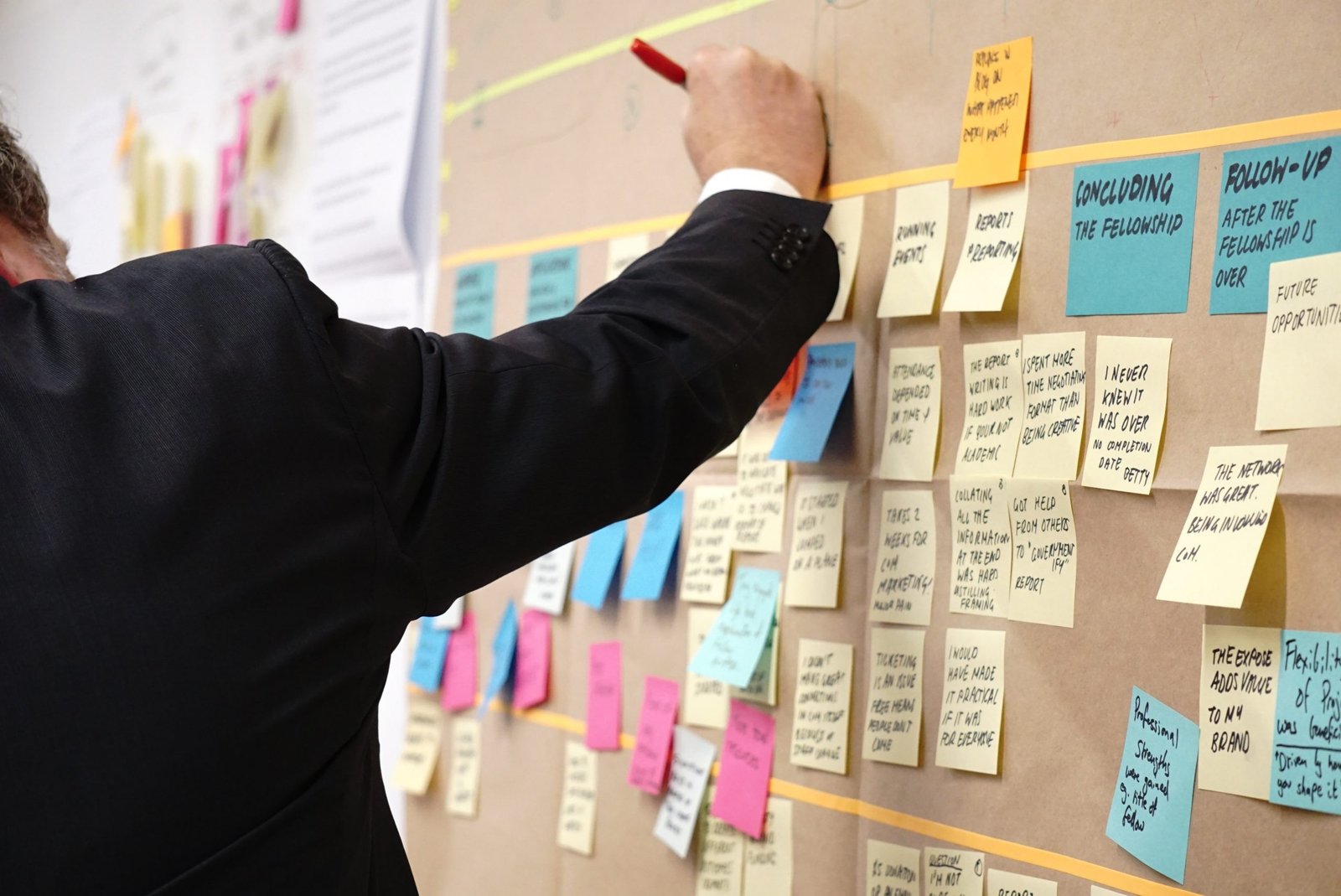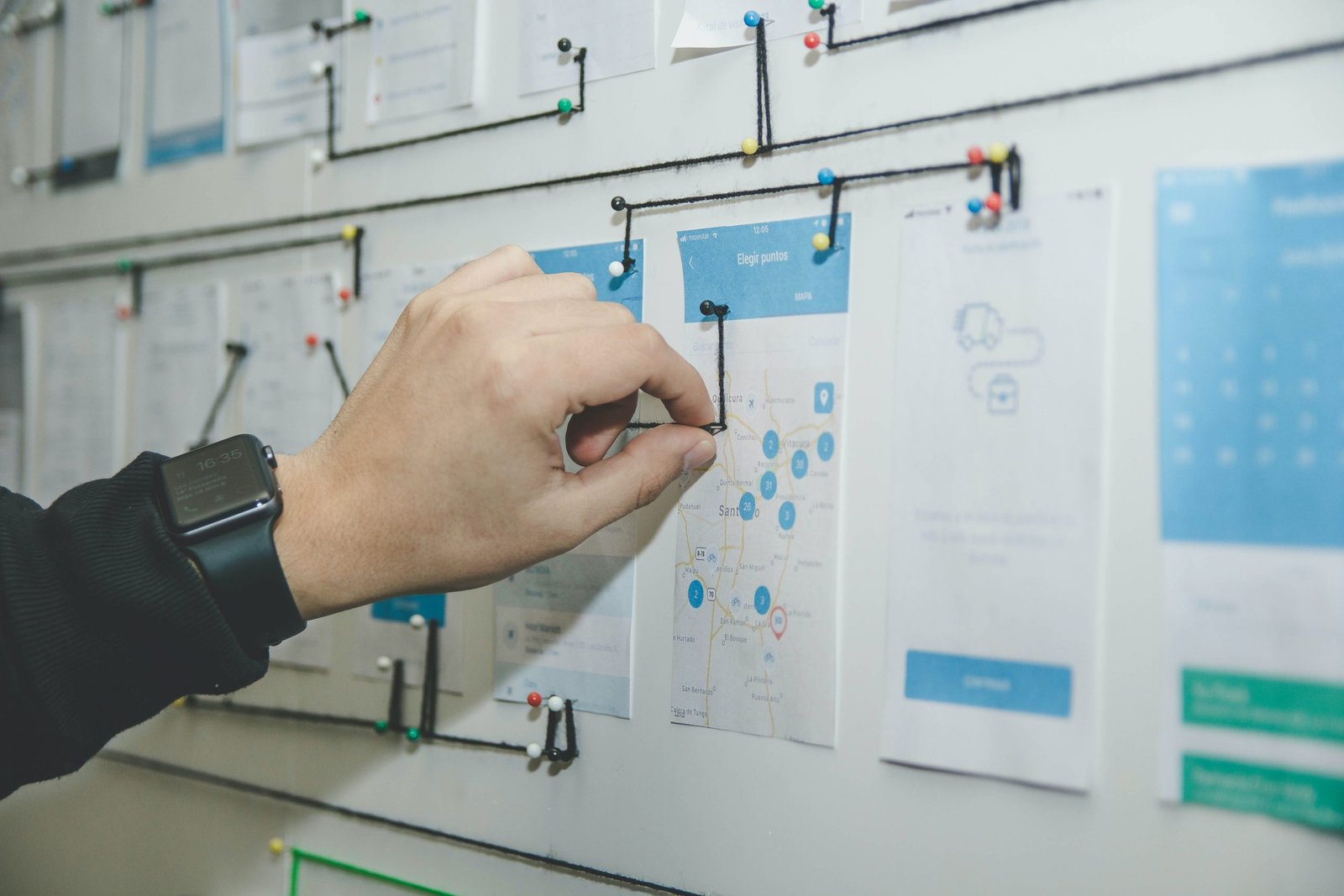Agile project management relies on regular sprint retrospectives as a core aspect.
Retrospectives can help teams improve their procedures for future sprints, resulting in better results in less time.
When done incorrectly, they can lead to interpersonal problems and waste valuable resources. We’ll show you how to use a sprint retrospective to improve your team’s overall performance in this post.
What is a Sprint Retrospective?
A sprint retrospective is a review of work completed during a previous period. Individual, as well as team performance, is evaluated using this method. The information collected from the retrospective is used to inform the next sprint, making it even more effective than the previous one.
Send Reports to Teammates
Scrum retrospectives that end with a photo of a whiteboard full of Post-its and a message in Slack are common. However, even while we appreciate the effort to share comments and action items, this image does not provide sufficient visibility into the previous exercise. The reason behind this is as follows:
Readability: Zoom in to find the information you’re looking for, zoom out again to decrypt your teammate’s writing, then zoom out again to discover that another Post-it has covered up the Post-it with the most votes.
Relevance: During a retrospective, we can express, vote on, revise, and regroup various ideas. Some ideas are good, while others contribute to the resolution of a discussion, but most of them can be dismissed. The first thing we look for in a report is that it gets right to the point. Important comments and action items should be underlined so that you can quickly see the information I require.
Exhaustiveness: While the majority of the information gathered during a retrospective can be found on the whiteboard, some cannot be. For example, keeping track of the members who attended or did not attend, the facilitator, the scrum master, and any notes that may have been taken throughout the activity are all important aspects of the process to remember. It is impossible to convey all of this information in a single image.
A good report necessitates additional effort on the part of the facilitator. It is crucial to draw attention to significant comments, action items, participants, and any other material that may impact the interpretation of the previous retrospective. Suppose all of this information is readily available. In that case, it will be easier to understand the team’s difficulties and action items at the start of the next retrospective.
Keep Track of Action Items
A Scrum retrospective concludes with a list of action items that the team must do to be more effective in the future. Even if only one thing needs to be included in the report, it would be those action items. Unfortunately, they are frequently left out of the picture. However, even though everyone recognizes their significance, they are readily forgotten.
Even though improving teamwork is important, the primary goal of your team will always be to move your project forward. Action items should be prioritized at the same level of importance as the stories in your sprint and the tasks in your Kanban board, for example. They are critical to the success of your team’s collaboration and should be given the same priority as the rest of your project.
Keep a Record
The history of your team’s retrospectives tells the story of its origins and development. The ability for any member of your team to go back and discover the report they are searching for should be straightforward. There are a variety of factors that could warrant the need to locate this information:
- Find a solution to a problem that your team has conquered. Keep track of the progress your team has made.
- Retrospective activities should not be repeated.
- Recognize circumstances that occur frequently.
- Improve your retrospectives continuously.
Whatever tool you choose, the most important aspect is to provide a simple, centralized, and well-organized solution for everyone who wants to access these documents.
Create Your Data
Given the specialized instruments required, this is perhaps the most challenging concept to practice. There are several methods for obtaining a great deal of information regarding your team’s performance:
- You may quickly generate useful information for your team by retaining a history of previous retrospectives and developing optimized reports, among other things.
- Make use of labels to organize your comments and discover which themes come up repeatedly in your team.
- Recognize which team members participate most and least in your retrospectives or which members of your team participate most and least to a certain issue.
- Track your action items more effectively and keep track of the team members who have difficulty completing them. You can identify the most difficult issues by tying action items and labels together.
Conclusion
You can enhance your teamwork with various Retrospective formats and activities. If your team gets stuck in one format, try another one or tweak your existing one. Small tweaks like putting all cards on the board at once instead of traveling around the room one by one can help re-engage. Keep things fresh and don’t be hesitant to attempt different formats that don’t have the same functionality.









